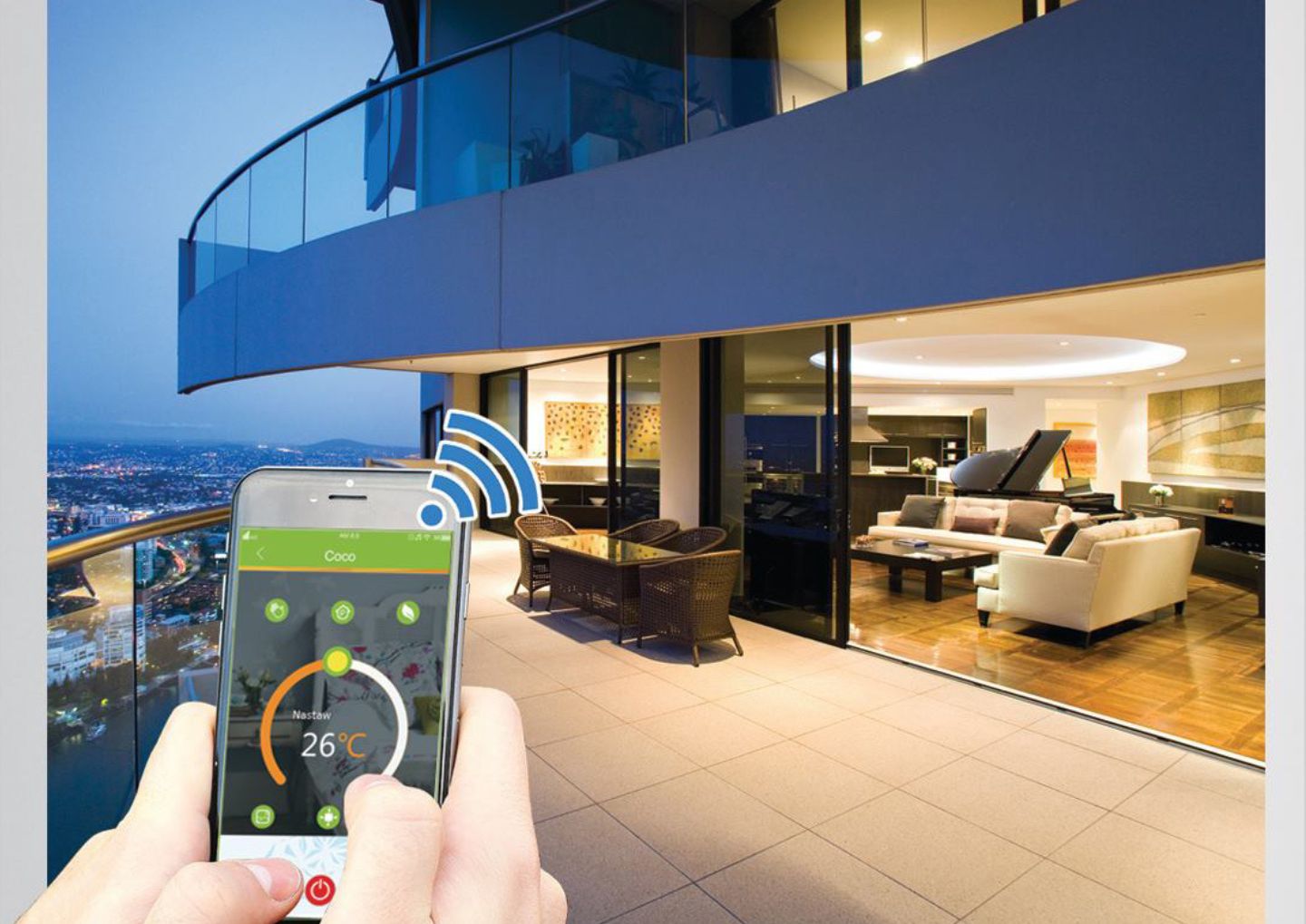As technology continues to advance at a rapid pace, it is no surprise that even the way we heat our homes is undergoing significant transformations. One such innovation that is gaining momentum and promising a more efficient and comfortable heating experience is infrared heating technology. Infrared heating is revolutionizing the way we stay warm indoors and is set to play a significant role in the future of home heating. In this article, we will explore the concept of infrared heating, its benefits, and its potential impact on our daily lives.
What is Infrared Heating?
Infrared heating is a form of radiant heating that utilizes invisible electromagnetic waves to transfer heat directly to objects and surfaces in a room, rather than heating the surrounding air like traditional heating systems. These electromagnetic waves, commonly referred to as infrared radiation, are part of the electromagnetic spectrum and have wavelengths longer than those of visible light. This means that infrared radiation can penetrate the air and heat objects, including floors, walls, furniture, and even people.
How Does Infrared Heating Work?
Infrared heating works by emitting infrared radiation from a heating element, usually made of a material such as carbon, ceramic, or quartz. This element heats up when an electric current passes through it, and it then emits the infrared radiation. The radiation travels through the air and heats up the surrounding objects and surfaces by transferring energy to them. The warmed objects then release heat back into the room, creating a comfortable and consistent level of warmth.
Benefits of Infrared Heating:
- Energy Efficiency: One of the primary advantages of infrared heating is its energy efficiency. Since it directly heats objects rather than the air, it reduces heat loss through drafts and ventilation. This targeted approach can result in significant energy savings compared to traditional heating systems, ultimately leading to lower heating bills.
- Comfort: Infrared heating provides a comfortable heating experience by delivering heat directly to objects and surfaces. This radiant heat warms people and objects in the room without drying out the air or creating uncomfortable temperature variations. Additionally, infrared heating systems often have customizable controls that allow users to adjust the intensity and distribution of heat, further enhancing comfort.
- Health Benefits: Unlike conventional heating systems, which can circulate dust, allergens, and other particles in the air, infrared heating does not rely on air movement to distribute warmth. This can be beneficial for individuals with respiratory conditions or allergies, as it helps maintain cleaner and healthier indoor air quality.
- Quick Heating: Infrared heating systems heat up quickly, providing almost instantaneous warmth. Unlike traditional heating systems that may take time to warm up the entire room, infrared heaters start emitting heat as soon as they are turned on, allowing users to enjoy a cozy environment without delay.
- Versatility: Infrared heating technology offers a range of options to suit different preferences and needs. It can be installed as panels on walls or ceilings, as freestanding units, or even integrated into flooring systems. This versatility allows homeowners to choose the most suitable heating solution for their space, whether it’s a residential house, office, or commercial building.
The Future of Home Heating:
Infrared heating technology is rapidly gaining popularity and is poised to shape the future of home heating. Its energy efficiency, comfort, health benefits, and versatility make it an attractive alternative to traditional heating systems. As the demand for more sustainable and cost-effective solutions increases, we can expect to see further advancements in infrared heating technology.
In the coming years, we may witness the integration of smart features into infrared heating systems, allowing users to control and monitor their heating remotely through smartphones or other devices. Improved energy management and enhanced connectivity could also enable homeowners to optimize their heating settings based on occupancy patterns, weather conditions, and energy consumption data.
Moreover, with ongoing research and development, we can anticipate more efficient and aesthetically pleasing designs for infrared heaters. Innovations such as transparent conductive materials and slim-profile panels could blend seamlessly into home decor while providing efficient heating.
In conclusion, the future of home heating looks bright with the rise of infrared heating technology. Its energy efficiency, comfort, and health benefits make it a compelling choice for homeowners looking to upgrade their heating systems. As this technology continues to evolve, we can expect greater convenience, enhanced energy management, and increased adoption, ultimately leading to more sustainable and enjoyable living environment



